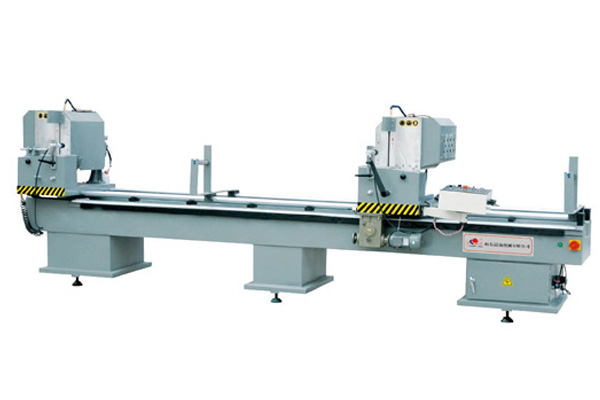
蘇州威利諾機械設備有限公司
聯(lián)系人:王經(jīng)理
手機:15906136866
電話:0512-68136800
傳真:0512-68136800
地址:吳中區(qū)橫涇鎮(zhèn)興巷路2-1號

(4) the hidden defects of parts include the defects of internal slag inclusion, porosity, porosity, welding seam and so on, and the micro cracks in the process of use.


